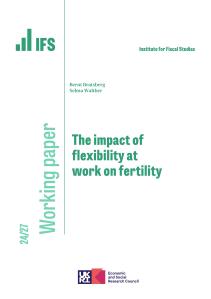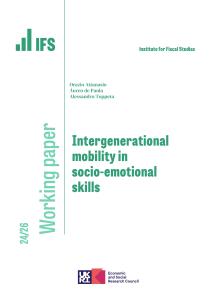<p>In this paper we reassess the evidence on labor income risk. There are two leading views on the nature of the income process in the current literature. The first view, which we call the "Restricted Income Profiles" RIP process, holds that individuals are subject to large and very persistent shocks, while facing similar life-cycle income profiles. The alternative view, which we call the "Heterogeneous Income Profiles" HIP process, holds that individuals are subject to income shocks with modest persistence, while facing individual-specific income profiles. We first show that ignoring profile heterogeneity, when in fact it is present, introduces an upward bias into the estimates of persistence. Second, we estimate a parsimonious parameterization of the HIP process that is suitable for calibrating economic models. The estimated persistence is about 0.8 in the HIP process compared to about 0.99 in the RIP process. Moreover, the heterogeneity in income profiles is estimated to be substantial, explaining between 56 to 75 percent of income inequality at age 55. We also find that profile heterogeneity is substantially larger among higher educated individuals. Third, we discuss the source of identification - in other words, the aspects of labor income data that allow one to distinguish between the HIP and RIP processes. Finally, we show that the main evidence against profile heterogeneity in the existing literature - that the autocorrelations of income changes are small and negative - is also replicated by the HIP process, suggesting that this evidence may have been misinterpreted.</p>










